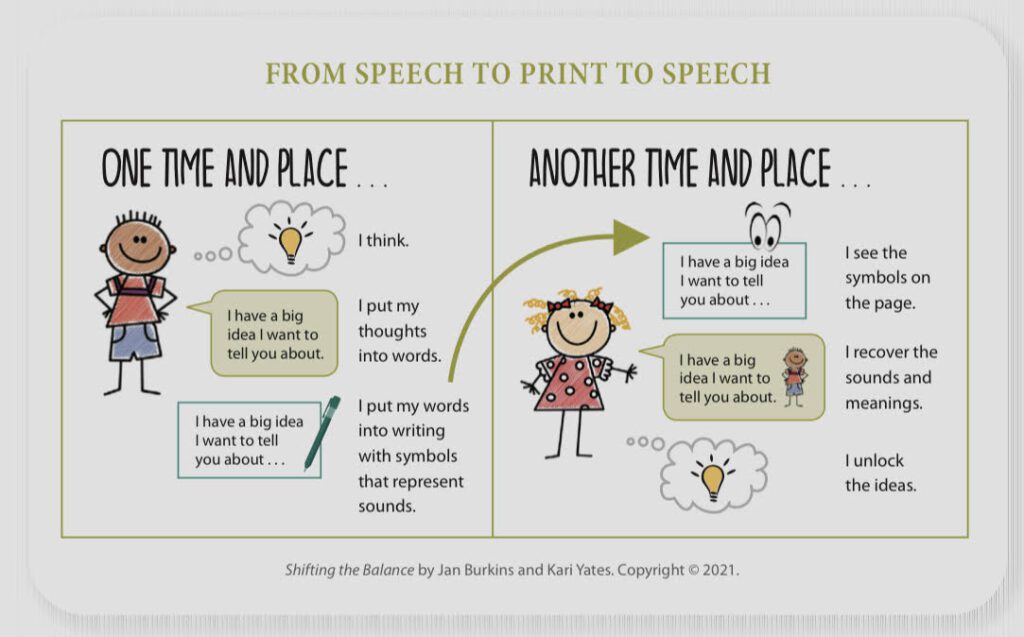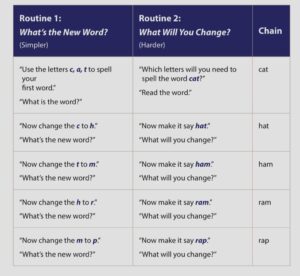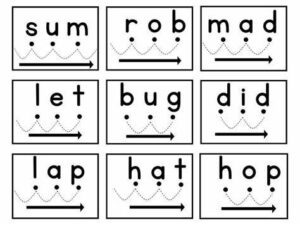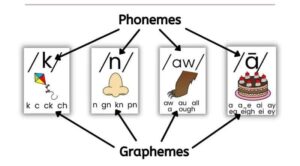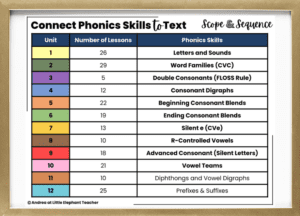Notes from Shifting the Balance: 6 Ways to Bring the Science of Reading into the Balanced Literacy Classroom
Shift 2: Recommitting to Phonemic Awareness Instruction
Misunderstanding 1: Phonemic Awareness develops naturally.
Phonemic awareness is more important than you think…
Research shows that deliberate phonemic awareness practice pays huge dividends in getting readers off to a strong start with both reading and writing.
The Discovery
Our modern alphabet was made possible by our ancestors’ discovery of phenomes. By understanding that language is made of phenomes (tiny building blocks of words), scholars had their own lightbulb moment.
They figured out that they could freeze spoken language in print by:
- Breaking every word apart into its tiniest little sound bits
- Representing each of those separate sounds with an abstract symbol
This monumental, intellectual feat, allowed humans to communicate across time and space, without risking the integrity of the message, e.g. our memory isn’t perfect…
The only problem with this new written language is that we have to learn it…
Phonemic Awareness is Tough…
And phonemic awareness is not a natural function of evolution.
Human brains are able to learn spoken language with relative ease, but are not naturally wired to understand all the nuances of written language.
This happens in part because spoken language is more or less continuous; sounds and words bleed into each other and are not so easy to untangle.
And when phenomes, syllables, and words get a little too cozy, it is called coarticulation.
So, we must rewire and train our brains to understand these little meaningless bits of sound called ‘phenomes.’
This means our phonological system must shift from a focus on meaning making to understanding meaningless sounds.
What phonological awareness really is, is understanding that the word duck has three sounds, none of which is quack.
<Read Part 3: Hidden Reading Comprehension Problems
Read Part 5: What’s the Difference Between Phonics and Phonemic Awareness>
